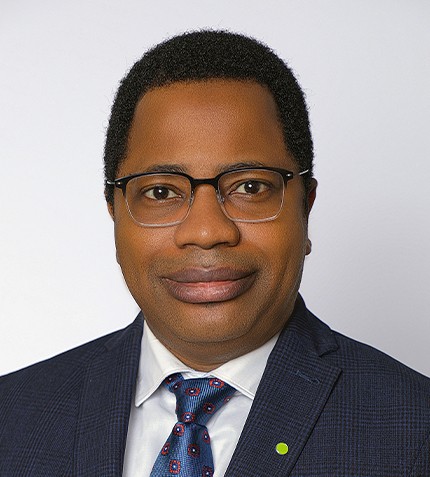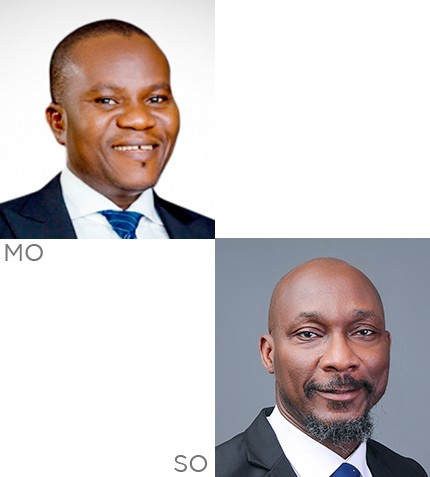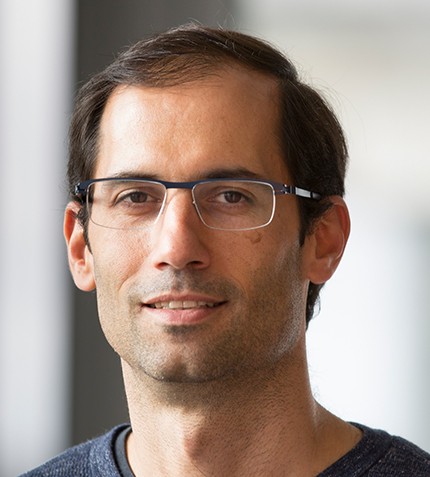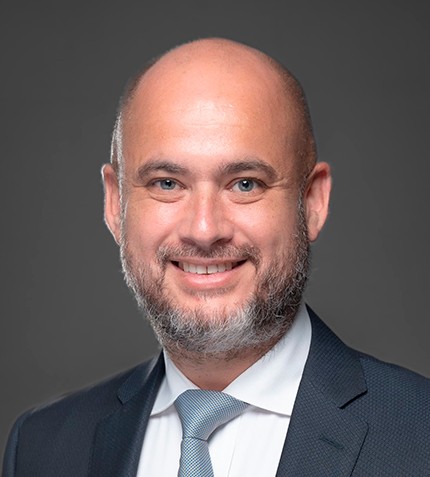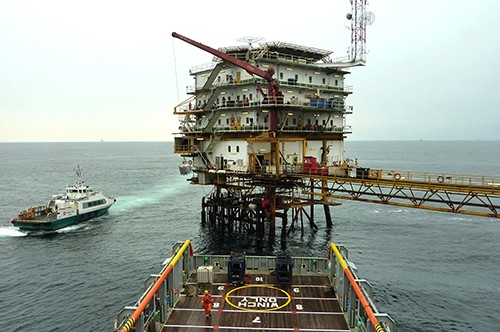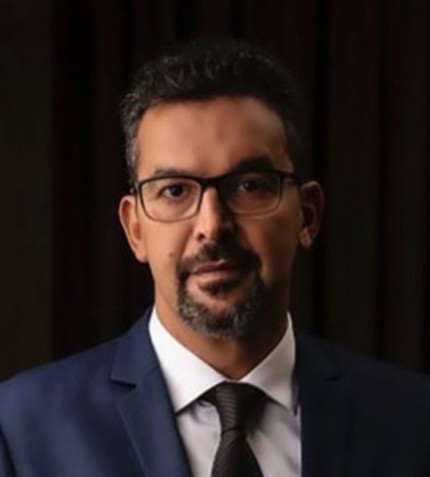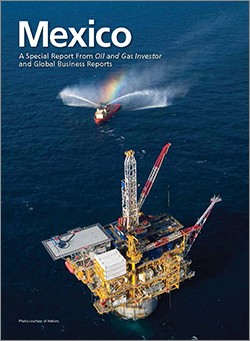
PUBLICATION
Mexico Oil & Gas 2015 Oil and Gas Investor Report
Monday August 11, 2014, represented historic moment for Mexico: President Enrique Peña Nieto, who brought the Institutional Revolutionary Party (PRI) back into power in 2012, signed the Energy Reform bill after the legislative powers approved the secondary laws that will develop the new framework. By the end of October, the details of the 25 sets of rules transforming the country’s model for the oil and gas and electricity sectors had been published by the Peña Nieto administration. The process is developing at quite a fast pace considering that this is landmark reform that involves constitutional change and ends the 76-year monopoly in exploration, production, processing and distribution of hydrocarbons of the national oil company, Petróleos Mexicanos (Pemex).




